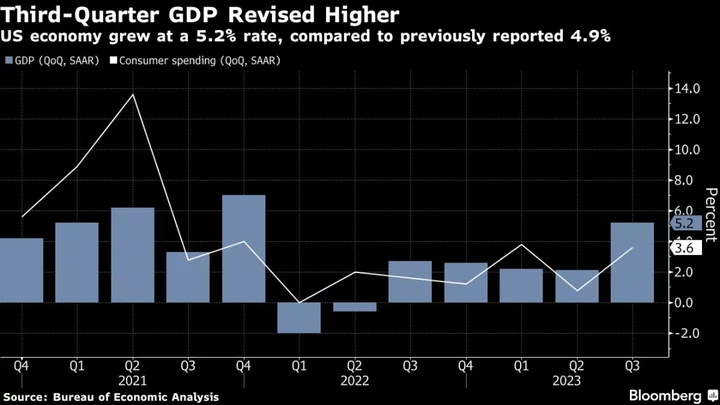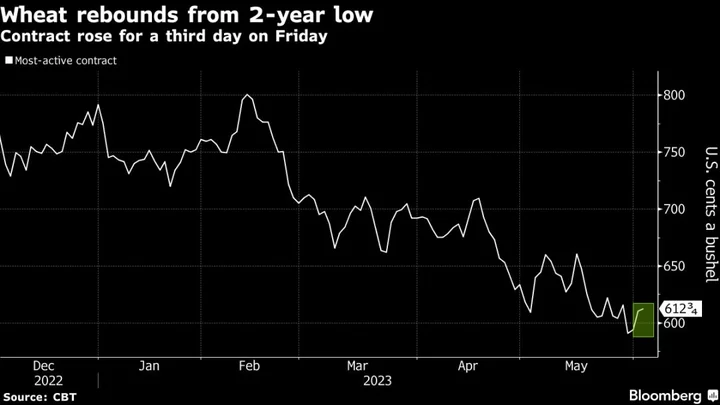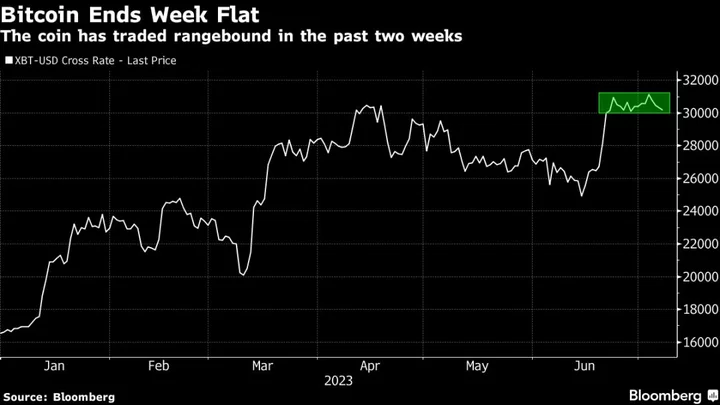The US economy grew at an even faster pace in the third quarter than originally estimated, reflecting upward revisions to business investment and government spending.
Gross domestic product rose at an upwardly revised 5.2% annualized pace in the third quarter, the fastest in nearly two years. Consumer spending advanced at a less-robust 3.6% rate, according to the government’s second estimate of the figures issued Wednesday.
The downward revision to household outlays reflected slower growth in services spending. After a previously reported decline, business investment was revised up to a gain on the back of firmer outlays for structures. Housing was also stronger than initially reported.
The government’s other main gauge of economic activity — gross domestic income — rose a more moderate 1.5%. GDI is a measure of the income generated and costs incurred from producing goods and services.
The average of the two growth measures was 3.3%, more than double the average pace of the first half of the year.
Even with the downward revision, consumer spending remained robust, underpinned by a resilient jobs market and a flurry of travel and events. That momentum does appear to be cooling into year-end, though it’s far from crumbling.
While data out Thursday is anticipated to show inflation-adjusted outlays rose just 0.1% last month, the start of the holiday shopping season was mixed. US shoppers spent a record $12.4 billion on Cyber Monday, up 9.6% from a year ago, though Black Friday sales disappointed.
The Federal Reserve’s preferred inflation metric — the personal consumption expenditures price index — was revised down to a 2.8% annual rate in the third quarter. Excluding food and energy, the gauge was also marked lower to 2.3%.
The report also showed that adjusted pretax corporate profits posted the biggest increase in more than a year. The gain was fueled primarily by the non-financial sectors, though profits also picked up at financial firms.
After-tax profits as a share of gross value added for non-financial corporations, a measure of aggregate profit margins, picked up to 14.9%.
Separate data Wednesday showed the US merchandise-trade deficit widened to a three-month high in October.
(Adds graphic)









